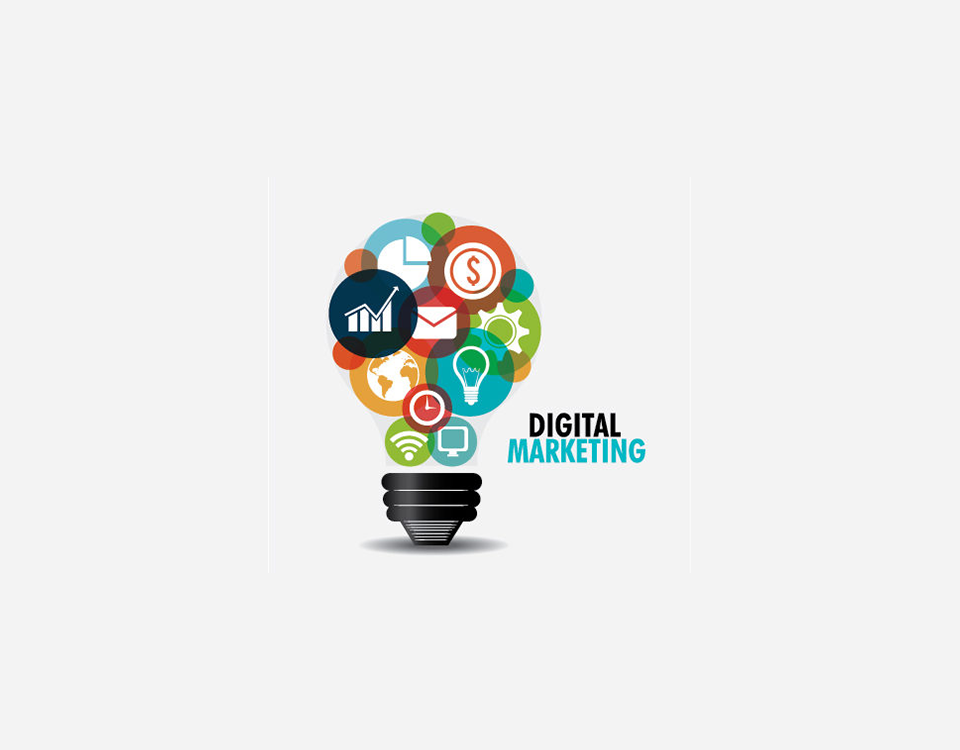Understanding the importance of digital marketing these days is simple: because the majority of consumers today are online, it is vital that you market your business online so you are in front of where consumers are, and they can see you.
However, understanding the terms associated with digital marketing can be a little challenging at first. Here are some of the most frequently used digital marketing terms that are sometimes misunderstood. Becoming familiar with these terms can help you understand the bigger picture as to what goes into your digital marketing program with JV Innovations.
- Keywords – These are words or phrases that a user searches for when using a search engine. It’s important to have these terms present on your web site, as they relate to your products and/or services, so your web site displays in the search results when these words are searched for. In order to find the right keywords to use on your web site, in-depth keyword research should be performed. These keywords should be specific and targeted properly for your business. Negative keywords can be detrimental to web sites displaying in search results.
- Content – The material contained on web sites. This includes text, images, and video.
- SEO (Search Engine Optimization) – The process of increasing the visibility of your web site in search engine results, such as Google, and in turn driving more traffic to your web site.
- On-site SEO – The process of optimizing web sites for speed, reliability, security, and relevancy. This involves using rich keywords, optimizing the coding, and tagging the images and content properly on your web site.
- Off-site SEO – The off-site process of optimizing web sites that involves linking from external web sites to your web site. This needs to be monitored regularly.
- Meta Tags – Tags (words) that are attributed to the pages on a web site that describe the content of those pages to search engines. Although tags are invisible to users, search engines comb through these tags and use them in their SEO rankings.
- Alt/Image Tags – Tags (words) that are attributed to the images, videos, and other relatable content on web sites. Although invisible to users, search engines comb through these tags and use them in their SEO rankings.
- White Hat SEO – SEO techniques used to ethically promote your web site’s ranking within search engine guidelines.
- Black Hat SEO – SEO techniques that are unethical and do not follow search engine guidelines.
- Link Building – Linking from one page to another on a web site.
- Backlinking – Linking from an external web site to your web site. The more links that come from reputable outside sources to your web site, the more that search engines will see you as an ‘authority’ on the subject matter.
- Citations – Similar to backlinking, except that citations do not have to physically link back to a web site. Citations include any mention of a business’s NAP (name, address, phone number) by outside sources.
- PPC – Pay Per Click is a form of digital advertising in which a business pays a fee each time one of their online ads is clicked. Each time the ad is clicked, the individual is sent to a dedicated landing page with information about that particular service or promotion.
- SEM – Search Engine Marketing is a form of PPC that utilizes search engine ads, such as Google AdWords and Bing PPC.
- Organic Listings – These are the search engine results that display naturally when an individual performs a search using a search engine. Businesses do not pay a fee to display in these types of results.
- Analytics – The measurement of data regarding visitors to web sites. Examples include how many people have visited your web site, what pages they viewed, where they came from (search engine results, another web site, etc.), and how long they were on your web site.
- Directories – Think of directories as digital yellow pages. Directories are used by consumers to find local businesses in their geographical area. Some directories serve as a review source for consumers to leave feedback, and provide useful citations that aid in search engine rankings.
- Cloud-based hosting – All web sites have to be hosted or ‘stored’ somewhere. The ‘cloud’ is an invisible storage space where web sites are contained. The advantages of cloud-based hosting include increased security, faster load times, real-time data recovery, and increased storage space. With traditional server-based hosting, web sites run the risk of hardware failure and slower load times due to large amounts of data being stored.
- Static Content – The text, images, and videos used on web sites that do not change often, if at all.
- Dynamic Content – Also known as ‘blogging.’ Dynamic content is a fresh stream of content that includes rich keywords and aids in your SEO rankings.
- Mobile Responsive – A web site that is formatted for all mobile devices and screen sizes. It provides a more pleasant user experience and is a key component in SEO.
- HTML5 – This is the code that much of the internet is written in and that all web crawlers see.
- Web Crawler – Also known as a spider or robot. These web crawlers travel the internet when a search is made and perform evaluations in determining a web site’s rankings in search engine results.
- WordPress – WordPress is the world’s most popular CMS (Content Management System). CMS supports the creation and modification of digital content on a web site.
- Marketing Automation – Scheduling marketing processes (e.g. e-mail messages, social media postings) in advance, and placing them on a schedule so they automatically perform the requested actions.
If you have questions about these terms and how we utilize them in our digital marketing plans for healthcare practices, please feel free to contact us.[/text_output]




